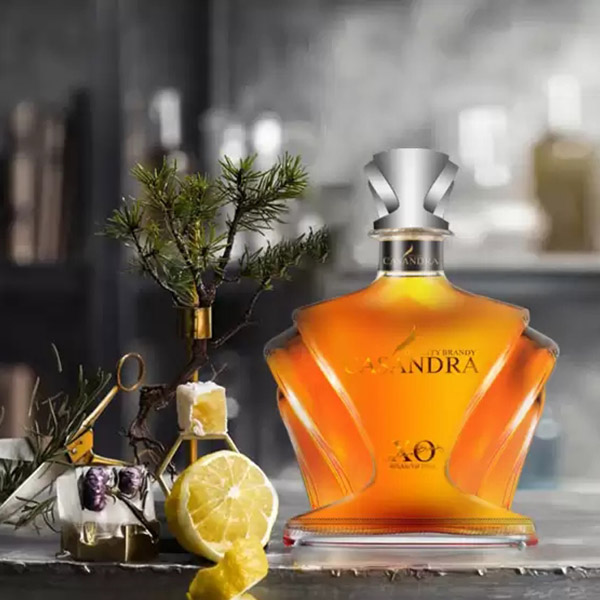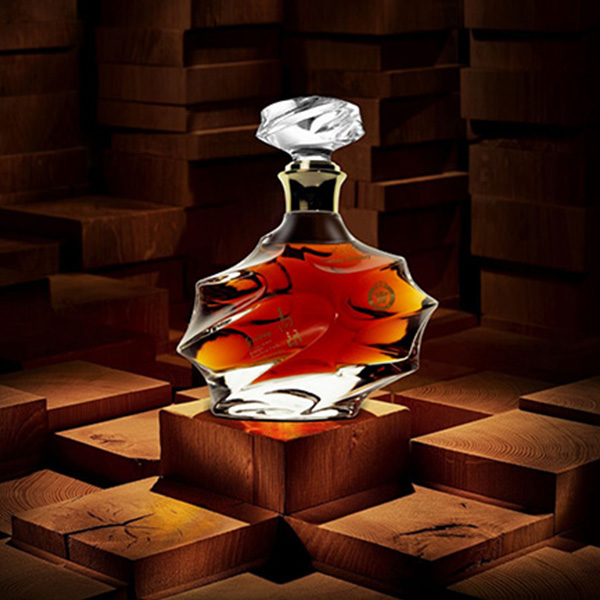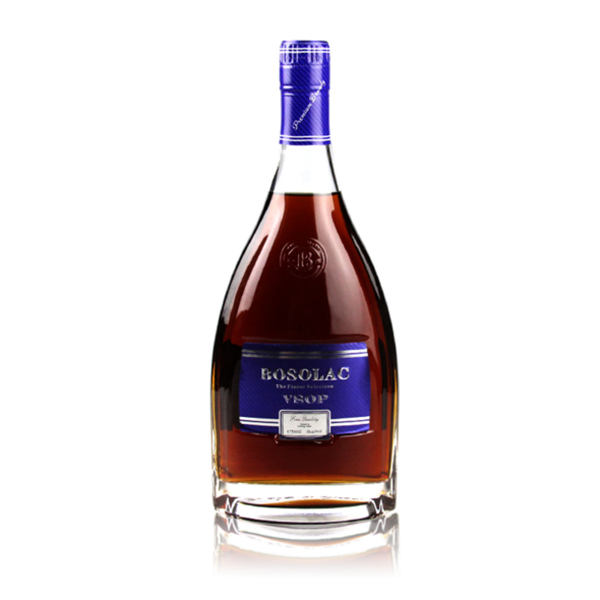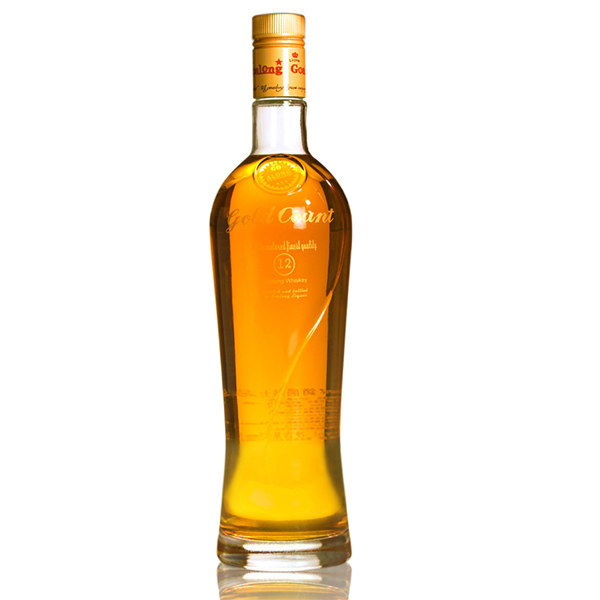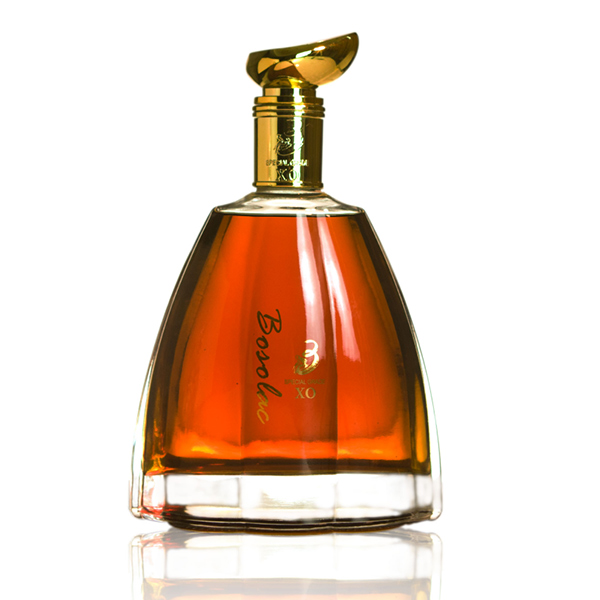Health threats Related To Malt Liquor Consumption
Health and wellness risks Associated To Malt Liquor Usage
As discussed previously, malt liquor is actually understood for scotch its own liquor that's higher material that might position health that's considerable whenever taken in extremely. Expensive Goalong liquor consuming of malt liquor frequently adds to health this is actually definitely major, consisting of:1. Higher Hypertension: Extreme use of malt liquor can easily increase high blood pressure degrees, which might, in alter, trigger cardio diseases, stroke, as well as various other problems.
2. Liver Damages: Over-consumption of booze might damages the liver as well as result in liver failing which might be deadly.
3. Mental retardation:Expensive booze usage in time may result in mental retardation that can easily impact moment, opinion, as well as sychronisation.
4. Dependency:Irregularity of malt liquor can easily trigger dependency, which might have actually effects that are actually extensive a guy or even woman's psychological as well as state that's bodily.
 EN
EN  EN
EN ES
ES RU
RU PT
PT JA
JA DE
DE TR
TR FR
FR TL
TL RO
RO KO
KO AR
AR BG
BG HR
HR CS
CS DA
DA NL
NL FI
FI EL
EL HI
HI IT
IT NO
NO PL
PL SV
SV CA
CA IW
IW ID
ID LV
LV LT
LT SR
SR SK
SK SL
SL UK
UK VI
VI SQ
SQ ET
ET GL
GL HU
HU MT
MT TH
TH FA
FA AF
AF MS
MS SW
SW GA
GA CY
CY BE
BE IS
IS MK
MK YI
YI HY
HY AZ
AZ EU
EU KA
KA HT
HT UR
UR BN
BN BS
BS CEB
CEB EO
EO GU
GU HA
HA HMN
HMN IG
IG JW
JW KN
KN KM
KM LO
LO LA
LA MI
MI MR
MR MN
MN NE
NE PA
PA SO
SO TA
TA TE
TE YO
YO ZU
ZU MY
MY NY
NY KK
KK MG
MG ML
ML SI
SI ST
ST SU
SU TG
TG UZ
UZ AM
AM CO
CO HAW
HAW KU
KU KY
KY LB
LB PS
PS SM
SM GD
GD SN
SN SD
SD FY
FY XH
XH

